Citroën, l’histoire et les secrets de son bureau d’études – Roger Brioult

It was in 1987 that the late journalist Roger Brioult published these books consisting of numerous interviews conducted with Citroën engineers who had participated in the design of Traction, DS, SM, 2 CV, AMI, GS and the HY (H Van).
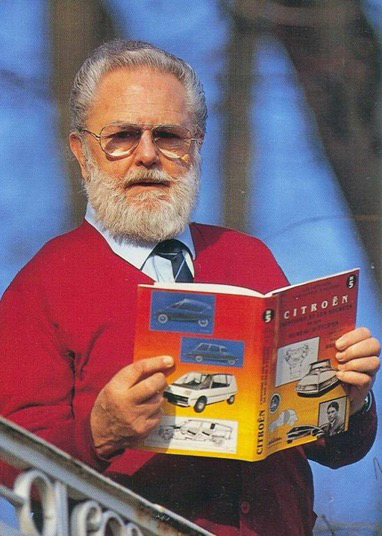
Thanks to a republishing effort by Editions LVA, the first volume has now been republished and the second volume should be available mid-February 2021.
Originally published by Edifree Publishing, these books (in english titled; “Citroën, the history and secrets of his design office”) had been out of print for many years and were fetching golden prices!
For the author, it all started in 1956:
“I had my DS 19 for two hours when I wondered how such a revolutionary car could have been born. At the time, it was out of the question to publish even the most superficial article on this subject. Secret + secret = nothing, sewn up. “We’re sorry, we can’t tell you anything. Besides, we don’t know anything about this subject, any more than you! These were the answers we got from Citroën. After years passed and the DS had evolved, I was starting to guess what I didn’t know. I was trying to put myself in the shoes of its designers to soak up what they had wanted to do, the philosophy they had chosen. Of course this was no longer an article I wanted to write, but a book – and a very illustrated one. I thought that the best was the simplest, the most logical… I met many of the collaborators who worked in the Design Office. I let them speak or I asked them questions , but, above all, I let them speak because they are the ones who made the most astonishing design office in the world”

The result? An incredible book of texts and full of fascinating anecdotes, Sketches, diagrams, photos and style drawings.
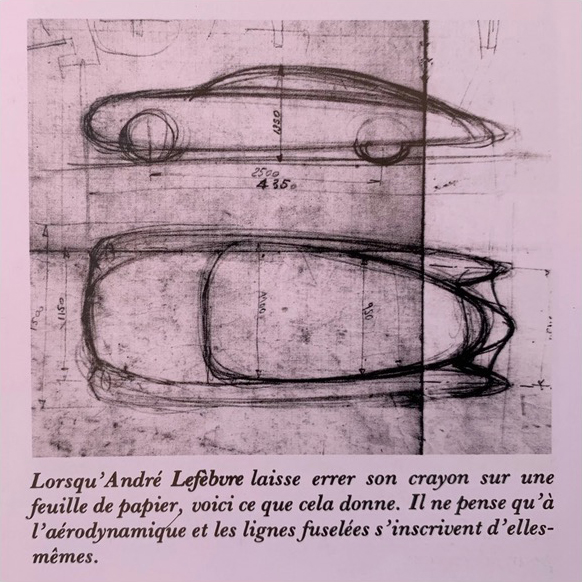
In the first part, Roger Brioult presents the history of the Citroën design office through, in particular, the many research projects that have been carried out there: the V8 engine that should have been fitted to the Traction, the birth of the DS, the evolution of the 2CV, even the many studies carried out by the prolific style office directed by Flaminio Bertoni and, later, by Robert Opron.
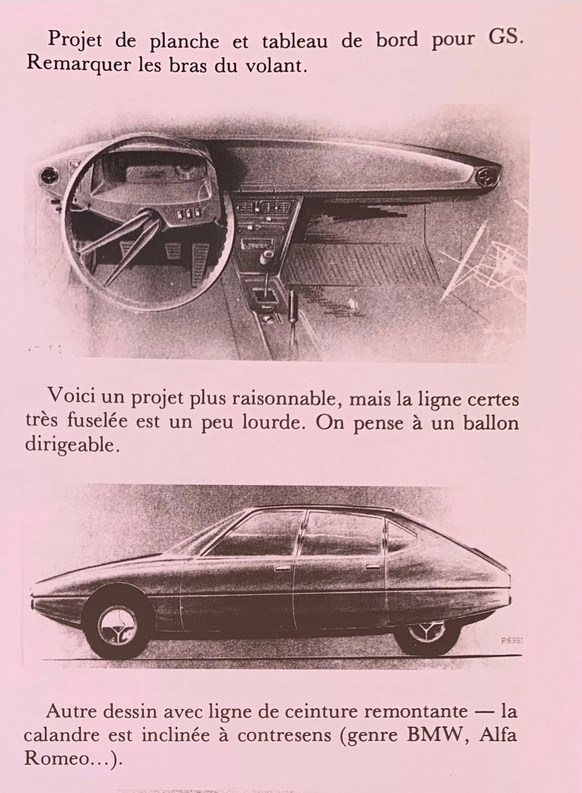
The second part is devoted to the restitution of the numerous testimonies collected during Brioult’s investigations. Bosses, engineers, designers… all agreed to share their many memories. The words were faithfully transcribed and they allow us to immerse ourselves in the incredible atmosphere that reigned within the design office.
More than 30 years have passed since these books were first published and yet time has not taken hold of their content. It is a tremendous testimony to a bygone era and a beautiful legacy of what was undoubtedly the most prosperous period for the double chevron brand.
We especially note that LVA has chosen – quite rightly – to reissue Roger Brioult’s books as is, without any changes. They are a “reading experience“ and not merely a collection of photos accompanied by short captions.
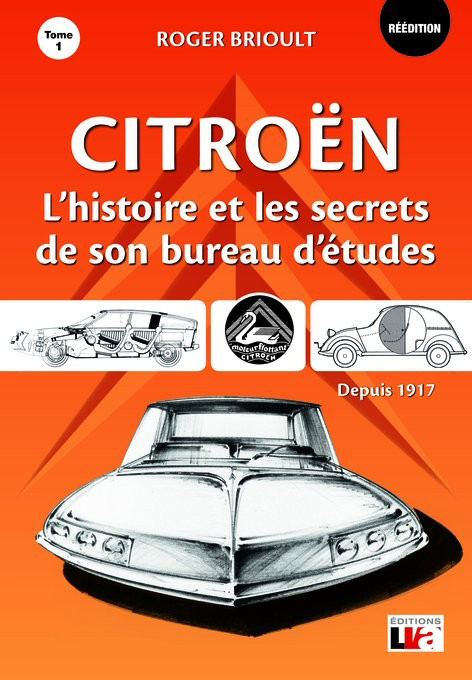
So many documents that remained secret or buried were revealed in this first volume. It is a timeless addition to any Citroën history library.
16 x 24 cm
256 pages
Color and black & white illustrations
Hard cover
Editions LVA: 27.00 €
Order Volume 1 here:
https://www.motors-mania.com/en/motoring-books/9840–citroen-l-histoire-et-les-secrets-de-son-bureau-d-etudes-depuis-1917-tome-1-.html
And you can pre-order Volume 2 here:
27,00 €
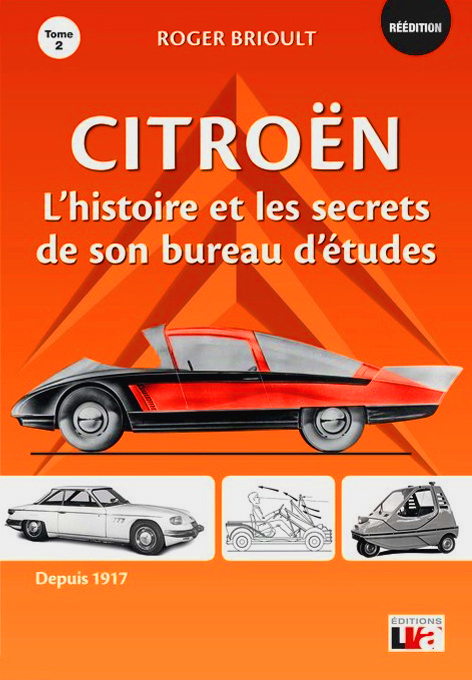

I have the original two books. At the time I bought them I was edtor of the magazine for the Swedish TA club. I wrote to M. Brioult and asked him if he could send me copies of some pictures I needed for a story on André Lefebvre.T my astonishment he sent me the originals with negatives! It really scared ne. I had copies made and sent the originals back to M. Brioult.
The books are very the inte,resting. But they also prove the difficulties you encounter when trying to find out shat really happened, as the people interviewed contradict each other on some issues. And there is no doubt tharpt some of tried to play up their own importance. To some people it makes the books a poor read. To me they provide a raw material for further research. And it makes you realize that personal memories are not reliable sources.
I did find the general disposition of the two books quite confusing, with some subjects covered in different sections. The facts presented cannot be accepted at face value, but they do provide very interesting insights.